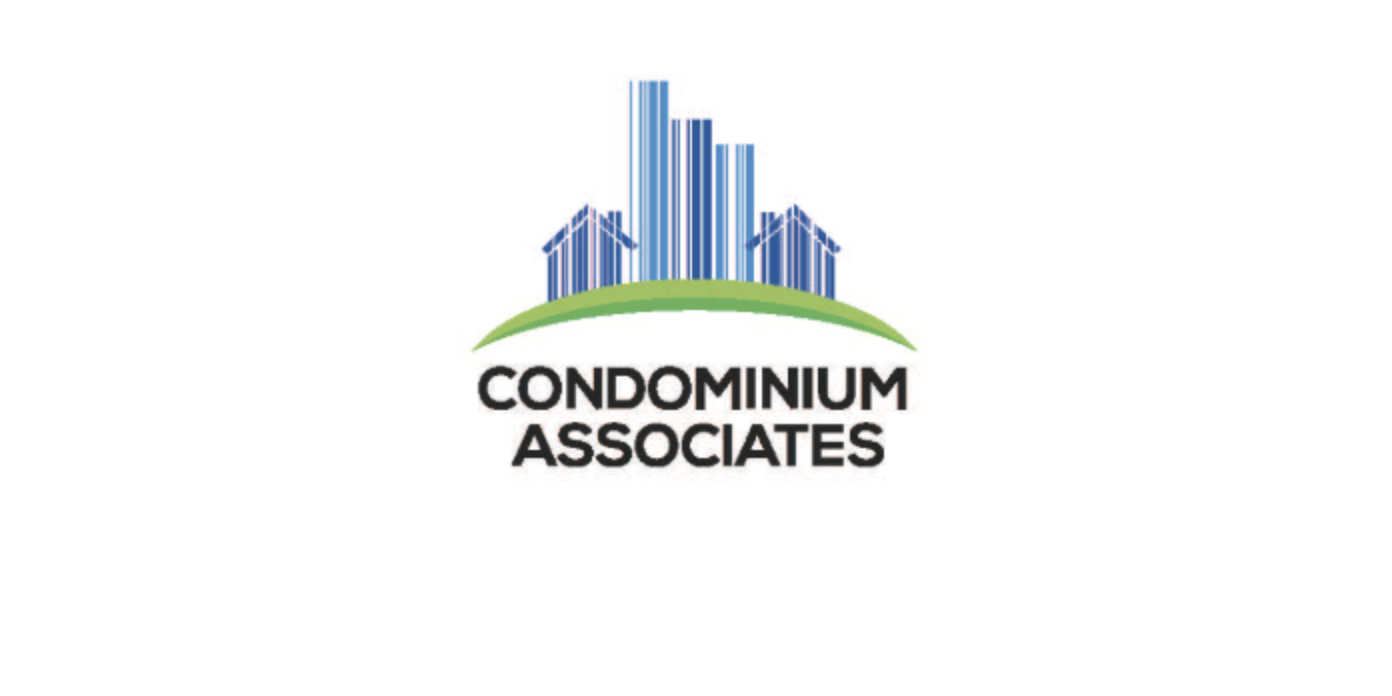Tips to Allocate Reserve Funds
Condominium Associates has discussed reserve funds allocation in past blog posts, such as Why Your HOA Needs Reserve Funds and Consequences of Not Having Cash Reserves. However, this post focuses on the following question: How should HOAs allocate reserve fund contributions between the community's portion completed and future planned build-outs?
Florida Statutes for Building Funds
Many states have laws that regulate the turnover of residential projects from the developer to the future association board; in some, turnover occurs as soon as a percentage of the development is complete. Residential projects are frequently completed in phases depending on market demand, which results in many homes selling before the full, planned build-out.
Florida's condo statute requires an association's annual budget to include reserves for "capital expenditures and deferred maintenance … [including but not limited to] roof replacement, building painting, and pavement resurfacing," and any other deferred maintenance or replacement cost exceeding $10,000. Fla. Stat. §718.112(f)2a. For each included item, base the calculation must on the "estimated remaining useful life and estimated replacement cost or deferred maintenance expense."
Though Florida's condo statute requires reserves by default, it also allows a condo association to waive reserve requirements or require a lesser amount by majority vote. Id. Florida's HOA statute likewise makes reserves optional. If a community opts for extras, the reserve account funding must be calculated based on each asset's estimated deferred maintenance or replacement cost. Then it is divided by its predicted useful life remaining.
Board's First Responsibility During Turnover Process
One of the board's first responsibilities during the turnover process is creating a budget, including setting the reserves account. Hiring a reserve specialist to prepare a reserve study will help the board decide what components to allocate for in the report, even when the community is still under development.
The Reserve Specialist's Obligations
The reserve specialist must look at the existing common area components such as roads, gates, and amenities of the entire planned build-out. These will deteriorate from the time the developer installs them. For example, roads that lead to the completed sections of the development and those leading to the ones under construction will deteriorate at similar rates and need resurfacing at roughly the same time.
The reserve study will also note the total contribution to fund a component's replacement when anticipated. This calculated contribution will need to be divided equally among all existing and proposed units in the master build-out plan.
The Association and the Developer
The association and the developer must contribute proportionally to this fund. Base the former on the existing completed homes and base the latter on the planned but uncompleted units.
The board receives cooperation from the developer, full disclosure of the developer's contribution during the residential project development. Phasing may continue over several years, making this cooperation essential to keep track of the reserves fund's financial health.
Upgrades and New Homes
Over time, newly completed homes will sell and add standard area components to the list. In this case, rebalance the reserve study will need to obtain the new allocation distribution. The agreement must include all installation elements regardless of whether the development has reached its planned build-out. By doing this, the reserves account will not begin in the red.
Contact Us
Have questions about your HOA's reserve funds? Please do not hesitate to contact us for more information.



